
Vauxhall Agila Estate (2008-2013) engines, drive and performance

Unsurprisingly Vauxhall Agila performance is all about maximising fuel efficiency and reducing CO2 emissions, which in turn makes for lower running costs. Engine choice is largely restricted to petrol as the sole diesel was dropped due to poor sales.
Engine choice
There are two petrol engines – 1.0-litre and a 1.2-litre, while the sole diesel 1.3 CDTi has now been dropped from the Agila range due to slow sales. The diesel had an official average fuel consumption of 62mpg and emissions of 120g/’km of CO2, which is not a lot better than the petrol engines.
The Agila was launched in 2008 with a 64bhp 1.0-litre and 85bhp 1.2-litre petrol engine range, but these were upgraded to 67- and 93bhp at the same time Vauxhall introduced its Ecoflex version of the 1.2 with lower 118g/km carbon dioxide emissions not long after launch.
While the smaller 1.0-litre engine is the more frugal and feels reasonably lively in an urban environment and sounds eager enough, it struggles above 60mph and quickly loses speed on longer uphill stretches of road.
With the 1.2-litre engine, the Agila feels much more rounded and able in every driving situation. A four-speed automatic gearbox is offered on the 1.2-litre while all other models are manual only.
Gearbox choice
The Vauxhall Agila is a popular choice among Motability customers and the four-speed automatic gearbox will make sense for many such customers. However, for those who prefer to change gear themselves, the five-speed manual gearbox is the better bet. The auto is only offered with the 1.2-litre engine and knocks fuel economy down to 49.6mpg from the manual’s 55.4mpg. Emissions also take a knock with the auto, increasing from the manual’s 118g/km to 131g/km.
Parkers recommends
The best of the bunch in the Agila range is the 1.2-litre petrol engine coupled to the give-speed manual gearbox. It may not be quite as frugal or clean as the 1.0-litre motor, but it’s worth it for the far better driving experience.
The Agila is built for life in the city, so it’s no surprise that this is where it’s at its best. It lives up to its agile-sounding name with a very tight turning circle and light steering, which makes driving around town easy and squeezing into parking spaces a breeze.
It’s fine out of town, but as should be expected there is some bodyroll in corners. It’s also acceptable for short motorway trips – although it takes a little while to get up to speed, it has little trouble staying there. Only a firm ride spoils what is otherwise an easy and comfortable car to drive.


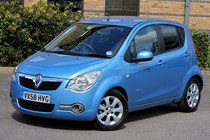
.jpg)
.jpg)
.jpg)
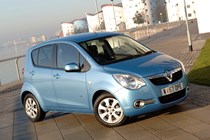
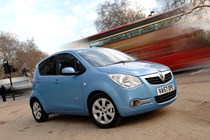
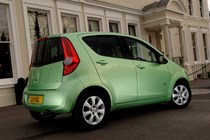
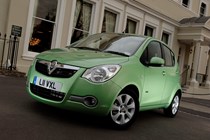
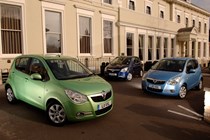
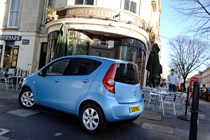

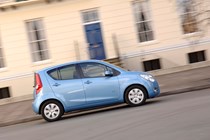
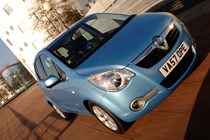
.jpg)
.jpg)
.jpg)
.jpg)
.jpg)
.jpg)
.jpg)
.jpg)
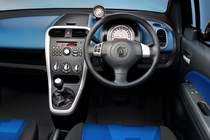

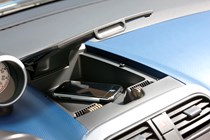
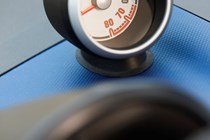
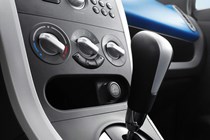
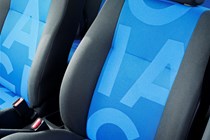
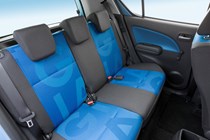
.jpg)
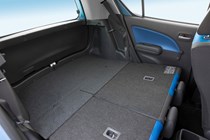
.jpg)
.jpg)
.jpg)
.jpg)
.jpg)
.jpg)
.jpg)
.jpg)
.jpg)
.jpg)
.jpg)


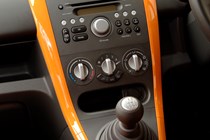
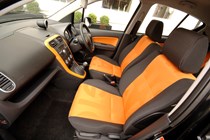
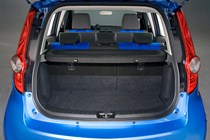
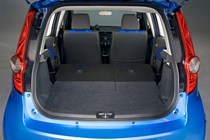
.jpg)
.jpg)
.jpg)
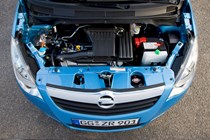
.jpg)
.jpg)
.jpg)

.jpg?quality=50)
.jpg?quality=50)
.jpg?quality=50)









.jpg?quality=50)
.jpg?quality=50)
.jpg?quality=50)
.jpg?quality=50)
.jpg?quality=50)
.jpg?quality=50)
.jpg?quality=50)
.jpg?quality=50)







.jpg?quality=50)

.jpg?quality=50)
.jpg?quality=50)
.jpg?quality=50)
.jpg?quality=50)
.jpg?quality=50)
.jpg?quality=50)
.jpg?quality=50)
.jpg?quality=50)
.jpg?quality=50)
.jpg?quality=50)
.jpg?quality=50)






.jpg?quality=50)
.jpg?quality=50)
.jpg?quality=50)

.jpg?quality=50)
.jpg?quality=50)
.jpg?quality=50)